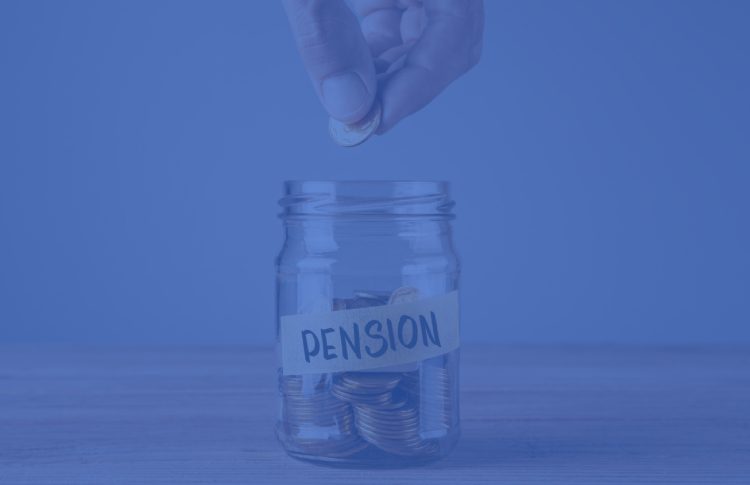
You retired a couple of years ago but recently returned to work part time. Your accountant mentioned that working beyond state pension age can lead to an extra tax charge on your private pension contributions. Is this correct?
Not just state pensioners
Your accountant raises an important point, although it doesn’t only apply to state pensioners. The trap can apply if you’ve withdrawn from a money purchase pension and then pay into another. Currently, you can access your pension savings if you’re 55 or older. Tip. If your pension is a final salary scheme (these are few and far between these days) you don’t need to worry as the trap only affects money purchase type schemes. From now on when we refer to pension savings or schemes, we are only referring to money purchase schemes.
What’s the trap?
You may ask how can paying into a pension, something that normally qualifies you for tax relief, land you with a tax bill? The answer is that the tax relief on contributions is capped at a special low level (the money purchase annual allowance (MPAA)). It limits relief to contributions of £10,000 per year. The chances are that if you have retired at 55 or older and re-entered the workforce you’ll have accessed your private pension.
Contributions exceed the MPAA
You might think the way to avoid the trap is simply to not claim tax relief on contributions in excess of the MPAA, but there’s a problem. Basic rate tax relief is automatically given on contributions. For every 80p you pay, the government chips in another 20p. The solution seems obvious; don’t contribute more than £8,000 (£10,000 with the government’s input). Trap. That solution is fine if you’re self-employed because how much you contribute is entirely up to you, but if you’re an employee (or director) the position is not so clear.
Workplace pensions
Until you reach 66 you’ll be automatically enrolled in your employer’s workplace pension. If you’re older you will be invited to join voluntarily. Total workplace pension contributions payable by you and your employer are usually 8% of “band earnings”, although it can be higher.
Tip. Avoiding the MPAA trap is simple. If you’re 55 or older and have accessed your pension savings don’t contribute more than £10,000 per year, including contributions from your employer. To achieve this you may need to opt out or choose not to join your workplace pension.
This article has been reproduced by kind permission of Indicator – FL Memo Ltd. For details of their tax-saving products please visit www.indicator-flm.co.uk or call 01233 653500.